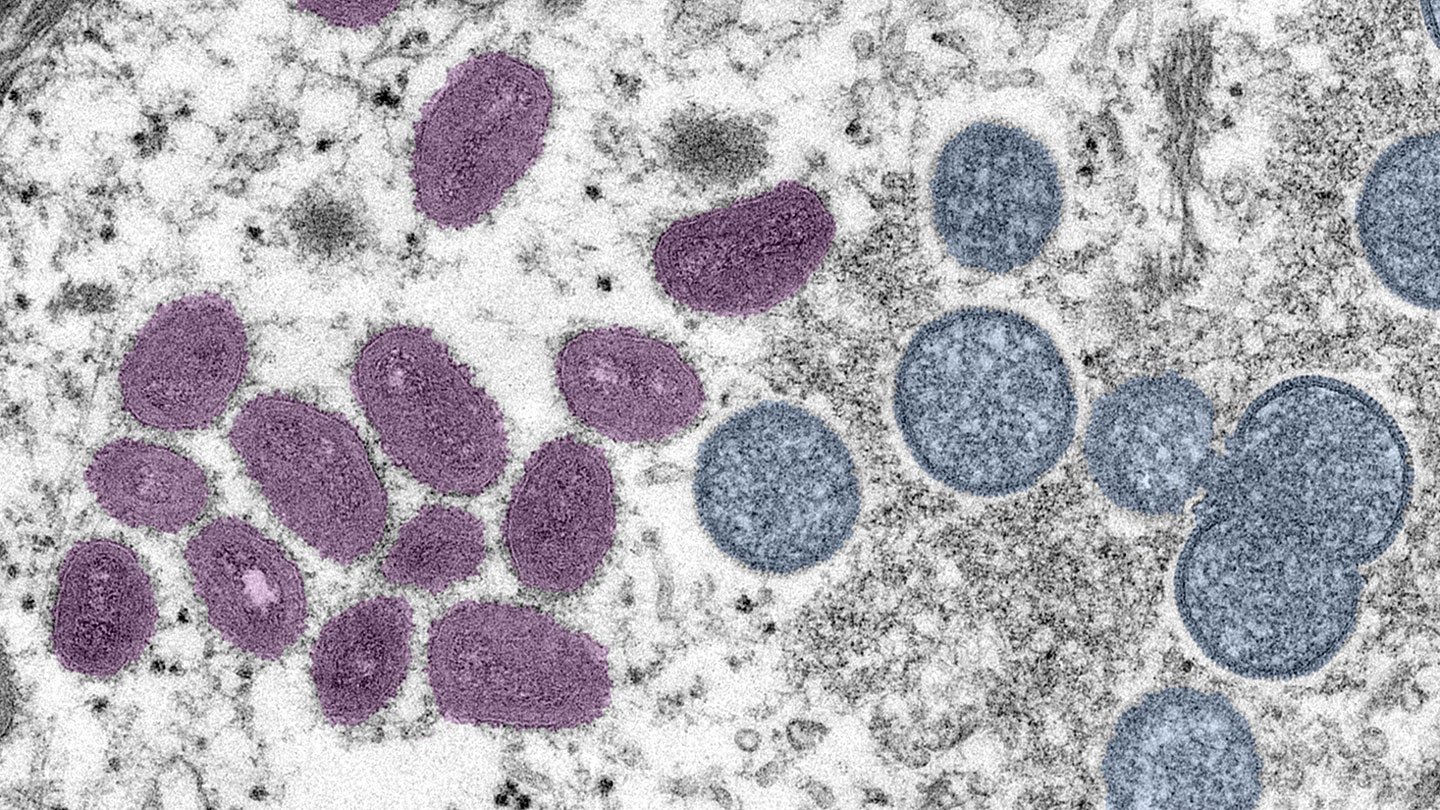Monkeypox is not a global health emergency for now, WHO says
Monkeypox is not yet a global public health emergency, the World Health Organiz

Monkeypox is not yet a global public health emergency, the World Health Organization said June 25.
The decision comes as the outbreak of the disease related to smallpox continues to spread, affecting at least 4,100 people in 46 countries as of June 24. That includes at least 201 cases in the United States. Those cases have been found in 25 states and the District of Columbia, according to the U.S. Centers for Disease Control and Prevention.
Different symptoms
Symptoms reported in the global outbreak have been generally milder than those reported in previous outbreaks, perhaps allowing the disease to spread before a person knows they’re infected.
It is not clear whether those differences in symptoms are related to changes in the virus, Inger Damon, director of the CDC’s Division of High-Consequence Pathogens and Pathology, said June 21 in a news briefing hosted by SciLine, a service for journalists and scientists sponsored by the American Association for the Advancement of Science.
Typically, in previous outbreaks, people would develop flu-like symptoms, including fever, headaches, muscle aches and exhaustion about a week or two after exposure to the virus. Then, one to three days after those symptoms start, a rash including large pus-filled lesions pops up generally starting on the face and limbs, particularly the hands, and spreads over the body. Though generally milder, those symptoms are similar to smallpox, but people with monkeypox also tend to develop swollen lymph nodes.
All patients in the U.S. outbreak have gotten rashes, Damon said, “but the lesions have been scattered or localized to a specific body site, rather than diffuse, and have not generally involved the face or the … palms of the hand or the soles of the feet.” Instead, rashes may start in the genital or anal area where they can be mistaken for sexually transmitted diseases, such as syphilis or herpes, she said.
In many cases, the rashes have not spread to other parts of the body. And the classical early symptoms such as fever have been “mild and sometimes nonexistent before a rash appears,” Damon said.
Monkeypox is transmitted from person to person through close skin-to-skin contact or by contact with contaminated towels, clothes or bedding. It may also be spread by droplets of saliva exchanged during kissing or other intimate contact. The CDC is investigating whether the virus might be spread by semen as well as skin-to-skin contact during sex, Agam Rao, a captain in the U.S. Public Health Service, said June 23 at a meeting of the CDC’s Advisory Committee on Immunization Practices.
“We don’t have any reason to suspect it is spread any other way,” such as through the air, Rao said.
In Nigeria, more monkeypox cases have been recorded among women, while the global outbreak has affected mainly men, particularly men who have sex with men. Experts warn that anyone can be infected with monkeypox, and some people face an increased risk of severe disease. Those at increased risk include children, people who are immunocompromised, pregnant people and people with eczema.
The risk of catching monkeypox through casual contact is still low in the United States, Rao said. But data she presented show that while people in the country have contracted monkeypox while traveling abroad, cases have also spread locally.




